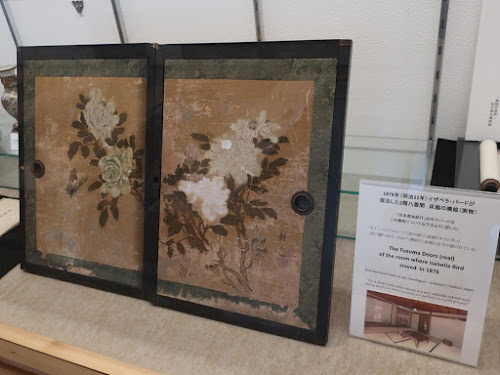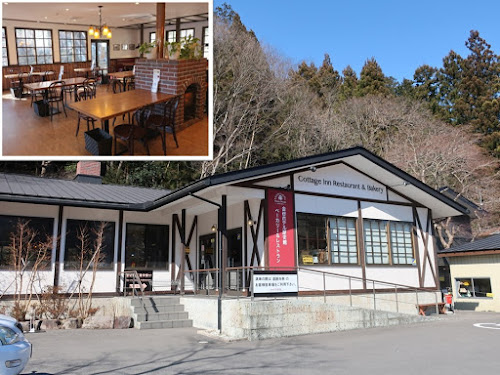Nikko
has been a popular summer resort since among foreigners since early Meiji period
(1868-1912). Diplomats built country houses.
The
prestigious hotel in Nikko is Kanaya Hotel which was established 1870 by the
advice of an American doctor and missionary, Dr. Hepburn. The founder Mr.
Kanaya renovated his house, which was built around 1660, to a hotel for
foreigners. Japanese hotels were unsanitary because there were many fleas and
other insects back then, but the Kanaya Hotel offered a sanitary and cozy
space. The quality was written in the travel diary of Isabella L. Bird (Travel of Isabella L. Bird in 1878, part 3) who was a British woman traveled from Tokyo to Hokkaido by
rickshaw and horse in 1878. It was the first resort hotel in Japan.
It is
sorry to say that the photography is prohibited inside the wooden building but I
reckon you can imagen.
日光は、明治初期から外国人の避暑地として人気で、外交官の別荘も建てられました。
日光で一番のホテルといえば、金谷ホテル。その創業は、明治3年(1870年)で、日本人なら誰でも知っているローマ字のヘボン博士のすすめで、金谷氏が約360年前に建てられた自宅を西洋人向けの宿屋に改装しました。当時の日本の宿は、虱や蚤で大変だったようですが、そんな中、金谷氏は清潔な和室を提供しました。その快適さと金谷家のもてなしの良さは、明治11年に日本を訪れ、人力車で北海道まで旅をしたイザベラバードの紀行に詳述されています (イザベラバードが見た明治初期の日本(3))。
屋内の撮影が禁止なのが残念ですが、庭や外観からその良さは伝わると思います。日本初のリゾートホテルということです。
Visited in March, 2020
Website: http://nikko-kanaya-history.jp/en/
http://nikko-kanaya-history.jp/ (in
Japanese), accessed in July, 2020
Previous post:
Nikko museum and Nikko Toshogu、日光市歴史民俗資料館と日光東照宮
Next post (Museum
in the big city, Yokohama):
Kanagawa Prefectural Museum of Cultural History 神奈川県立歴史博物館














Comments
Post a Comment